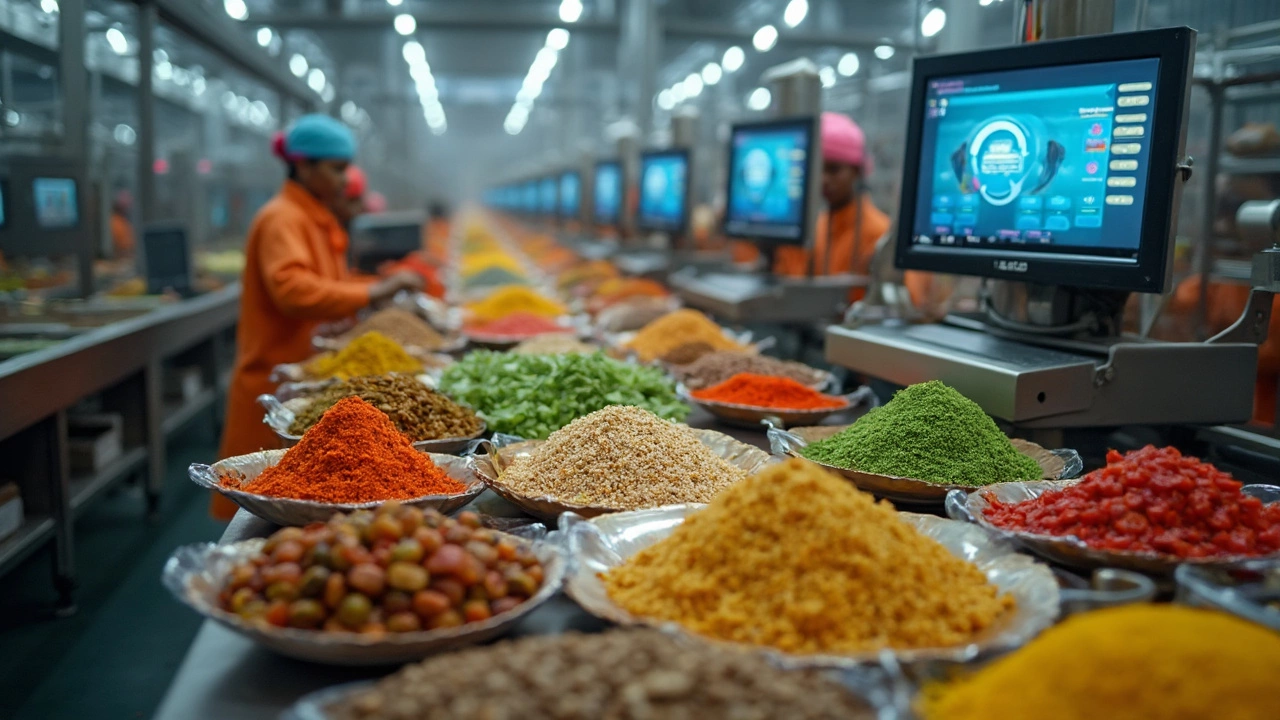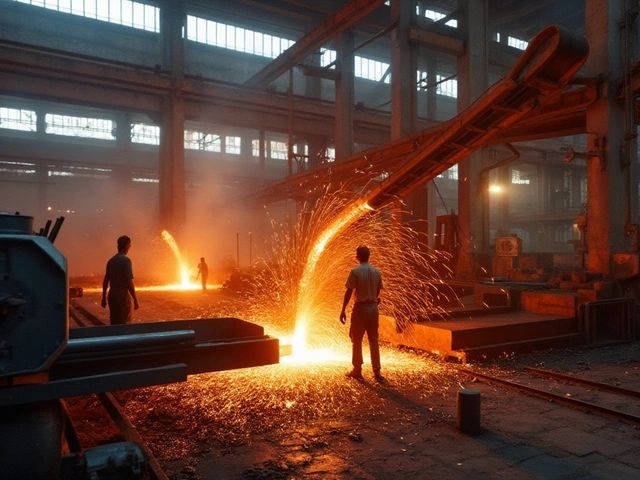Manufacturing Efficiency: Practical Ways to Boost Your Production
When talking about manufacturing efficiency, the ability of a factory to turn inputs into quality outputs using the least waste of time, material, and energy. Also known as production efficiency, it directly affects profit margins, competitiveness, and environmental impact. In simple terms, manufacturing efficiency encompasses smarter workflow design, and it requires the right mix of technology and skilled labor. A well‑tuned process enables faster delivery while keeping costs low, which is exactly what Indian manufacturers are chasing today.
Key Drivers Behind Better Manufacturing Efficiency
One of the biggest levers is the supply chain, the network that moves raw material to the factory floor and finished goods to the market. A streamlined supply chain reduces bottlenecks, cuts inventory holding costs, and lets a plant react quickly to demand spikes. Next up is local manufacturing, producing goods close to the end‑user rather than relying on distant offshore plants. Companies that reshored or nearshored operations often see lower lead times and a stronger grip on quality control. productivity, the output per worker or machine hour, is another core metric; it rises when automation, lean tools, and employee training align. Finally, sustainability, practices that minimize waste, energy use, and carbon emissions, is no longer a nice‑to‑have. Green initiatives often cut utility bills and meet regulatory demands, which in turn feeds back into higher efficiency scores.
All these pieces—supply chain, local production, productivity gains, and sustainable practices—interact like gears in a machine. When they mesh well, you get a virtuous cycle: less waste, faster output, lower cost, and a greener footprint. Below you’ll find a curated selection of articles that dig into each of these areas, from how IKEA’s Indian suppliers keep costs down to the latest data on India’s textile hubs. Whether you’re a factory manager, an investor, or just curious about how Indian manufacturing stays competitive, the posts ahead give you concrete examples, data points, and actionable tips to lift your own manufacturing efficiency.

SAP in food processing has become a crucial tool for improving efficiency and optimizing operations. This article will explore how SAP software is used to streamline production processes, manage supply chains, and ensure food safety. We'll dive into real-world applications, highlighting the benefits food manufacturers have experienced by integrating SAP systems. Get ready to see how technology transforms the food industry! (Read More)






